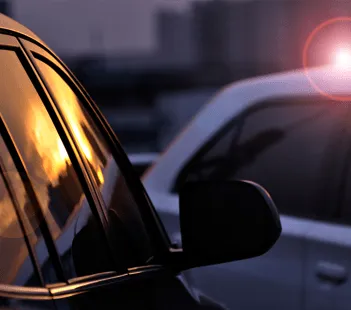January 01, 2017

It only takes a few minutes to save a life. In today’s world of technology and multi-tasking, it is easy to lose track of time or make a costly mistake. Even on a cool day, a vehicle can reach dangerous temperatures quickly. In only 10 minutes the inside of a car can climb 20 degrees even with the windows cracked.
Preventing Heatstroke:
- Don’t leave a child or pet alone in a car not even for a few minutes.
- Place your keys/key fobs in a safe place where children can’t get to them, . incidents happen can happen when children play in open cars. as well.
- Always check your car before you lock it and continue your day.
- Place a physical reminder such as your bag or cell phone in the backseat so that you are reminded to check in the back.
- Use technology to your advantage. Phones or tablets have calendars to set alarms or you can take a picture of a checklist or any other item and set it as your devices home screen. There are even apps that alert you if a child is left alone in the car.
- If another driver is looking after your child, check with them or their destination such as school to make sure the child they arrived safely.
Tips for Students & Pedestrians
If you've ever dropped a child off at school, you know the "hug-n-go" drop off lanes are very chaotic. Parents and children are gathering supplies, saying goodbye, and distracted by all that is happening around them.
A 2009 study from Safe Kids USA showed that one in six drivers in school zones is driving distracted. That means almost 17% of all drivers in school zones are putting kids at risk of a school zone accidents and potentially devastating injuries.
Keep Your Children Safe by Practicing These Safe Behaviors
- Walk your elementary aged child to school. Elementary aged children lack the ability to judge speed, spatial relations or distance on their own. Walk your child or start a "walking school bus." A walking school bus is a group of children who walk together to school with one or more adults. It's easy and can be as simple as two families taking turns walking their children to school.
- Walk on the sidewalk. If there is no sidewalk, walk single file on the far left side of the street facing traffic.
- Cross the street at marked crosswalks. If there is no crosswalk, cross only at the corner. Obey all traffic signals and pay attention to school crossing guards. Never cross a street from between cars.
- Look left, right and then left again before crossing. Always keep a look out for traffic while you are crossing. Young children should hold the hand of an adult.
- Make eye contact with drivers. Before crossing a street, make eye contact with the stopped drivers to be sure they see you.
- Be visible. Look for and wear bright colored clothing.
- Teach your child to tell an adult if they drop something in the street. An adult should bend over to pick it up or retrieve the item, especially in parking lots.
- Be an example. Show your child safe behavior by following and demonstrating your own safety rules.

